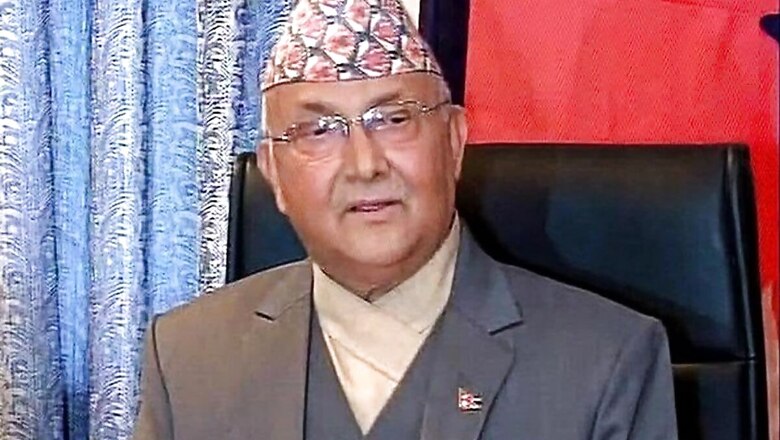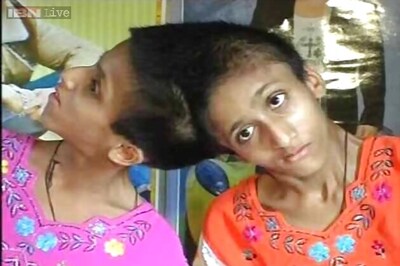
views
Prime Minister K P Sharma Oli and ruling Nepal Communist Party's executive chairman Pushpakamal Dahal “Prachanda” held talks on Tuesday, days after a six-member panel submitted its report suggesting ways to resolve the ongoing intra-party rift. Though the details of the meeting of the top leaders of the NCP, were not disclosed yet, the two leaders agreed to convene the meeting of the party's powerful Central Secretariat on Friday, said the party's Standing Committee member Ganesh Shah.
The nine-member body will discuss the report submitted by the task force formed by the two top leaders. The panel in its report on August 23 suggested that Prime Minister Oli should complete his five-year tenure, while executive chairman Prachanda be allowed to exercise full executive power over party affairs.
The task force, formed by Oli and Prachanda on August 15 and later endorsed by the Central Secretariat on August 17, was led by the party's General Secretary Bishnu Poudyal. When Oli became prime minister two-and-a-half years ago in 2018, he and Prachanda had reached a tacit understanding to share the prime minister's position turn-by-turn.
The panel suggested the top leaders of the party to adhere to one-man-one-post principle and to promote coordination and collaboration between the two top leaders. The report needs to be ratified in the Standing Committee meeting.
Oli and Prachanda have held about a dozen meetings to sort out the differences between them. But, as the Prime Minister did not accept the condition of a one-man-one-post, the talks failed. Oli has refused to give up his post as prime minister as well as a co-chairman of the NCP. A bitter internal feud has been brewing in the ruling NCP after top party leaders, including Prachanda, demanded Oli's resignation, saying his recent anti-India remarks were "neither politically correct nor diplomatically appropriate." The differences grew further after Oli said that some of the ruling party leaders are aligning with the southern neighbour to remove him from power after his government issued a new political map incorporating three Indian territories of Kalapani, Lipulekh and Limpiyadhura.




















Comments
0 comment